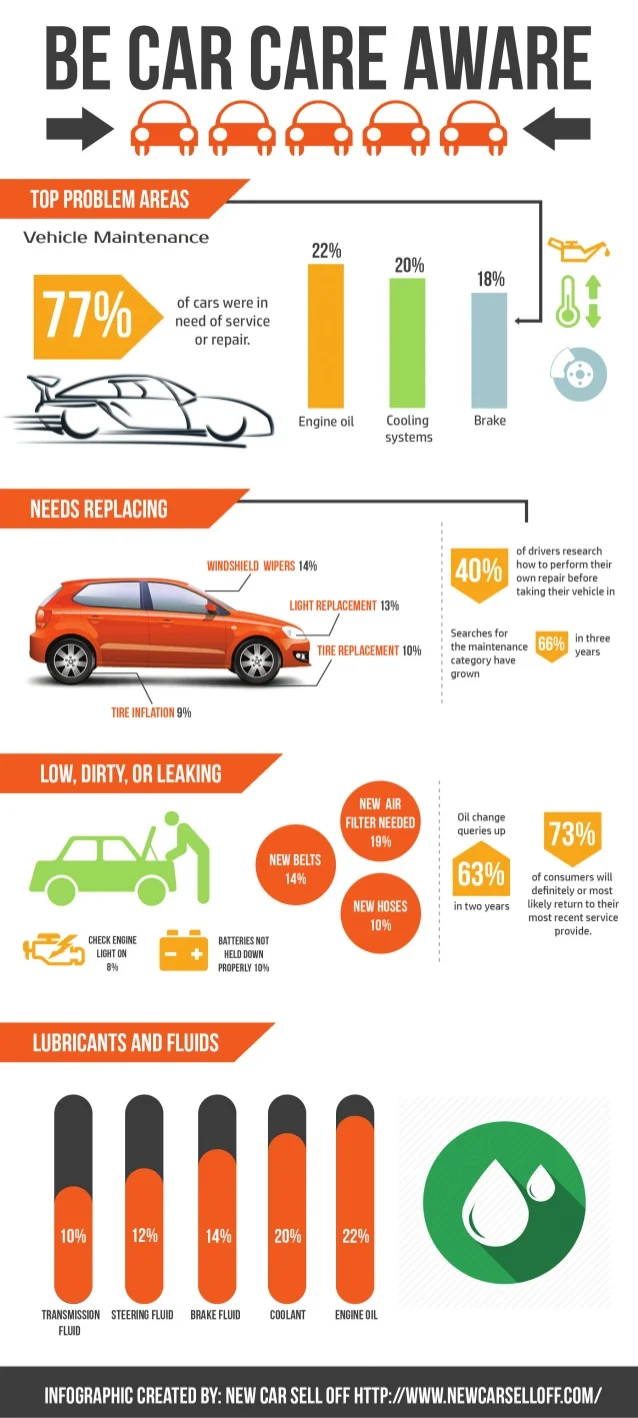Looking For Quality On The Warning Lights Showed On Your Auto'S Control Panel? Learn Exactly How They Connect To Your Car'S Health And Wellness
Looking For Quality On The Warning Lights Showed On Your Auto'S Control Panel? Learn Exactly How They Connect To Your Car'S Health And Wellness
Blog Article
Content Writer-Sykes Shepherd
When you're behind the wheel, those glowing warning lights on your control panel can be a little bit bewildering. Do you understand what they're trying to tell you about your cars and truck's health and wellness? Comprehending the significance of these lights is crucial for your safety and security and the longevity of your car. So, Click On this website among those lights turns up, wouldn't you want to decipher its message properly and take the needed steps to address it?
Common Caution Lights and Interpretations
Determine common warning lights in your automobile and understand their significances to ensure risk-free driving.
One of the most common warning lights consist of the check engine light, which signals problems with the engine or emissions system. If this light comes on, it's important to have your lorry inspected quickly.
The oil stress cautioning light suggests low oil stress, requiring immediate focus to avoid engine damages.
A blinking battery light might recommend a malfunctioning charging system, possibly leaving you stranded if not addressed.
please click the up coming article (TPMS) light signals you to low tire pressure, affecting automobile stability and gas performance. Overlooking this could lead to hazardous driving problems.
The ABS light indicates a problem with the anti-lock stopping system, compromising your capacity to stop rapidly in emergencies.
Finally, the coolant temperature warning light warns of engine overheating, which can lead to extreme damage if not dealt with promptly.
Comprehending these typical caution lights will certainly aid you attend to problems without delay and maintain secure driving conditions.
Significance of Prompt Focus
Comprehending the usual caution lights in your auto is just the very first step; the relevance of without delay attending to these cautions can't be stressed sufficient to guarantee your safety when driving.
When https://docs.google.com/spreadsheets/d/1sP5D5DgoiwAZ_8-Jidazc5iXsGYmi5DaAigsUjpMneQ/edit?gid=280729490#gid=280729490 illuminates on your control panel, it's your cars and truck's way of interacting a prospective issue that needs attention. Ignoring these cautions can result in much more severe issues in the future, endangering your safety and security and potentially costing you extra out of commission.
Prompt interest to cautioning lights can avoid malfunctions and accidents. For example, a flashing check engine light can show a misfire that, if left neglected, can create damage to the catalytic converter. Resolving this immediately can save you from a pricey repair.
In a similar way, a brake system alerting light might signify low brake fluid or used brake pads, vital components for your safety and security when driving.
Do It Yourself Troubleshooting Tips
If you see a caution light on your dashboard, there are a couple of DIY fixing suggestions you can attempt before seeking professional aid.
The primary step is to consult your automobile's manual to understand what the particular caution light shows. Often the problem can be as basic as a loose gas cap causing the check engine light. Tightening the gas cap might solve the trouble.
One more usual concern is a low battery, which can set off numerous alerting lights. Examining the battery links for deterioration and ensuring they're safe and secure might fix the problem.
If a caution light lingers, you can try resetting it by detaching the car's battery for a couple of mins and afterwards reconnecting it. Additionally, examining your vehicle's liquid levels, such as oil, coolant, and brake fluid, can aid fix alerting lights connected to these systems.
Final thought
In conclusion, comprehending your car's caution lights is essential for maintaining your car running smoothly and safely. By immediately resolving these alerts and recognizing what they indicate, you can stay clear of expensive repair services and possible failures.
Keep in mind to consult your vehicle's handbook for specific information on each advising light and act accordingly to guarantee a trouble-free driving experience.
Stay informed, stay safe when traveling!
